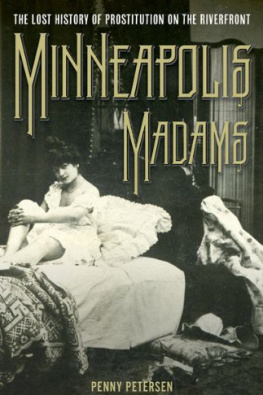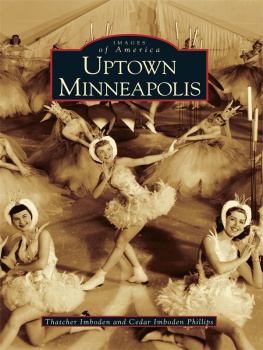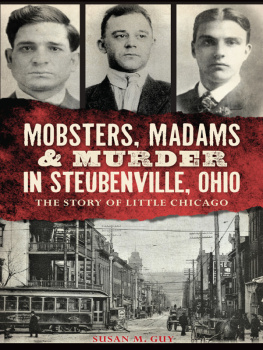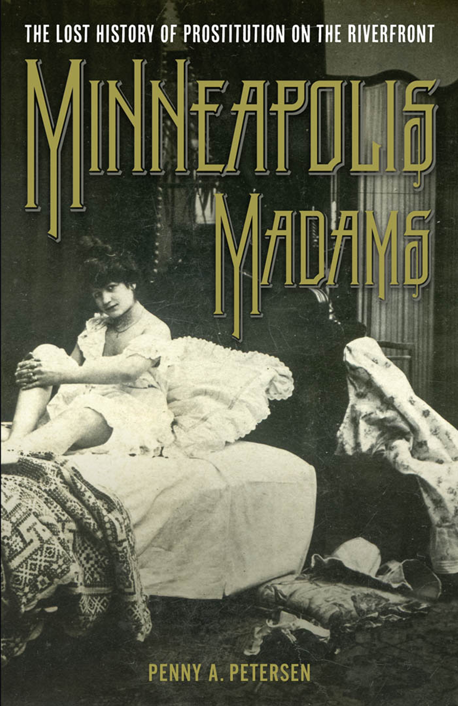Penny A. Petersen - Minneapolis Madams: The Lost History of Prostitution on the Riverfront
Here you can read online Penny A. Petersen - Minneapolis Madams: The Lost History of Prostitution on the Riverfront full text of the book (entire story) in english for free. Download pdf and epub, get meaning, cover and reviews about this ebook. year: 2013, publisher: Univ Of Minnesota Press, genre: Non-fiction. Description of the work, (preface) as well as reviews are available. Best literature library LitArk.com created for fans of good reading and offers a wide selection of genres:
Romance novel
Science fiction
Adventure
Detective
Science
History
Home and family
Prose
Art
Politics
Computer
Non-fiction
Religion
Business
Children
Humor
Choose a favorite category and find really read worthwhile books. Enjoy immersion in the world of imagination, feel the emotions of the characters or learn something new for yourself, make an fascinating discovery.
- Book:Minneapolis Madams: The Lost History of Prostitution on the Riverfront
- Author:
- Publisher:Univ Of Minnesota Press
- Genre:
- Year:2013
- Rating:5 / 5
- Favourites:Add to favourites
- Your mark:
Minneapolis Madams: The Lost History of Prostitution on the Riverfront: summary, description and annotation
We offer to read an annotation, description, summary or preface (depends on what the author of the book "Minneapolis Madams: The Lost History of Prostitution on the Riverfront" wrote himself). If you haven't found the necessary information about the book — write in the comments, we will try to find it.
Sex, money, and politicsno, its not a thriller novel. Minneapolis Madams is the surprising and riveting account of the Minneapolis red-light district and the powerful madams who ran it. Penny Petersen brings to life this nearly forgotten chapter of Minneapolis history, tracing the story of how these houses of ill fame rose to prominence in the late nineteenth century and then were finally shut down in the early twentieth century.
In their heyday Minneapolis brothels were not only open for business but constituted a substantial economic and political force in the city. Women of independent means, madams built custom bordellos to suit their tastes and exerted influence over leading figures and politicians. Petersen digs deep into city archives, period newspapers, and other primary sources to illuminate the Minneapolis sex trade and its opponents, bringing into focus the ideologies and economic concerns that shaped the lives of prostitutes, the men who used their services, and the social-purity reformers who sought to eradicate their trade altogether. Usually written off as deviants, madams were actually crucial components of a larger system of social control and regulation. These entrepreneurial women bought real estate, hired well-known architects and interior decorators to design their bordellos, and played an important part in the politics of the developing city.
Petersen argues that we cannot understand Minneapolis unless we can grasp the scope and significance of its sex trade. She also provides intriguing glimpses into racial interactions within the vice economy, investigating an African American madam who possibly married into one of the citys most prestigious families. Fascinating and rigorously researched, Minneapolis Madams is a true detective story and a key resource for anyone interested in the history of women, sexuality, and urban life in Minneapolis.
Penny A. Petersen: author's other books
Who wrote Minneapolis Madams: The Lost History of Prostitution on the Riverfront? Find out the surname, the name of the author of the book and a list of all author's works by series.











